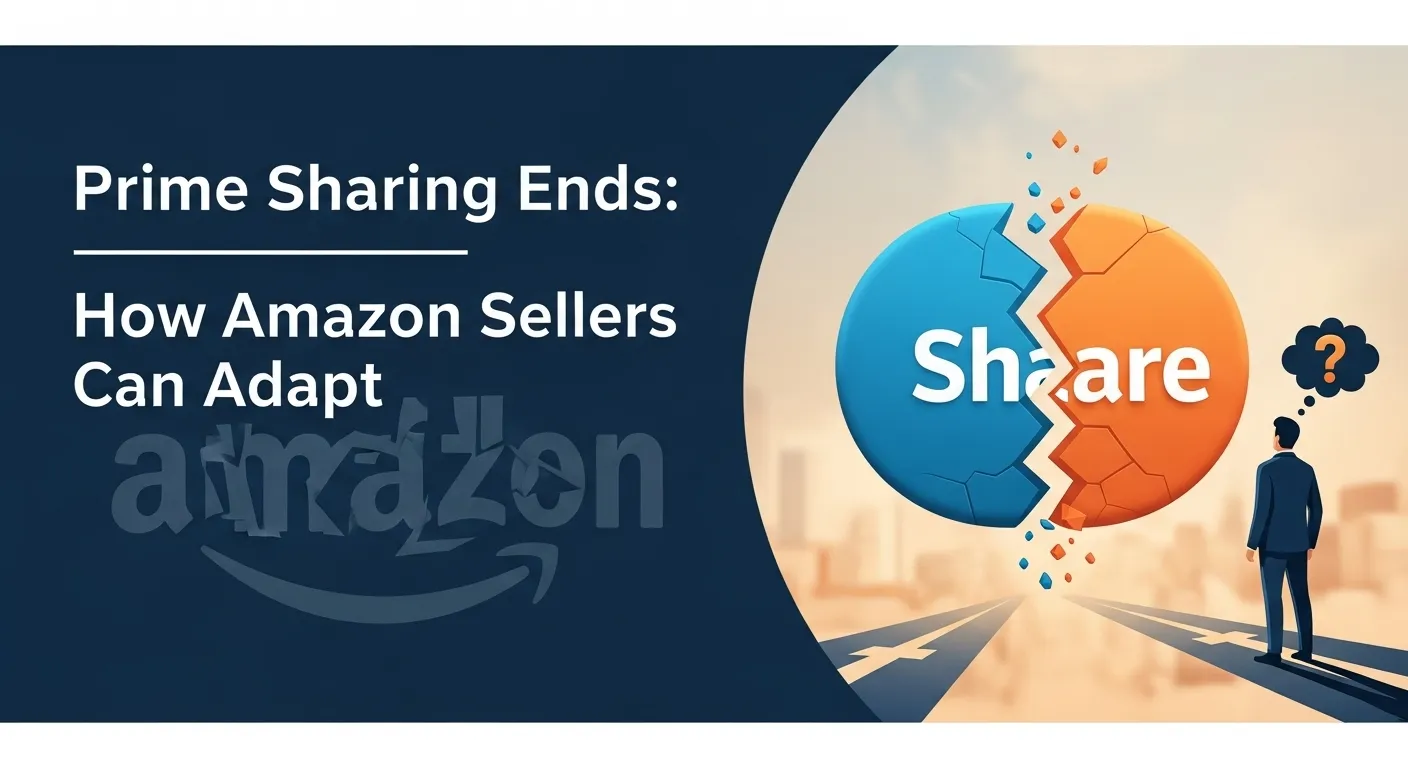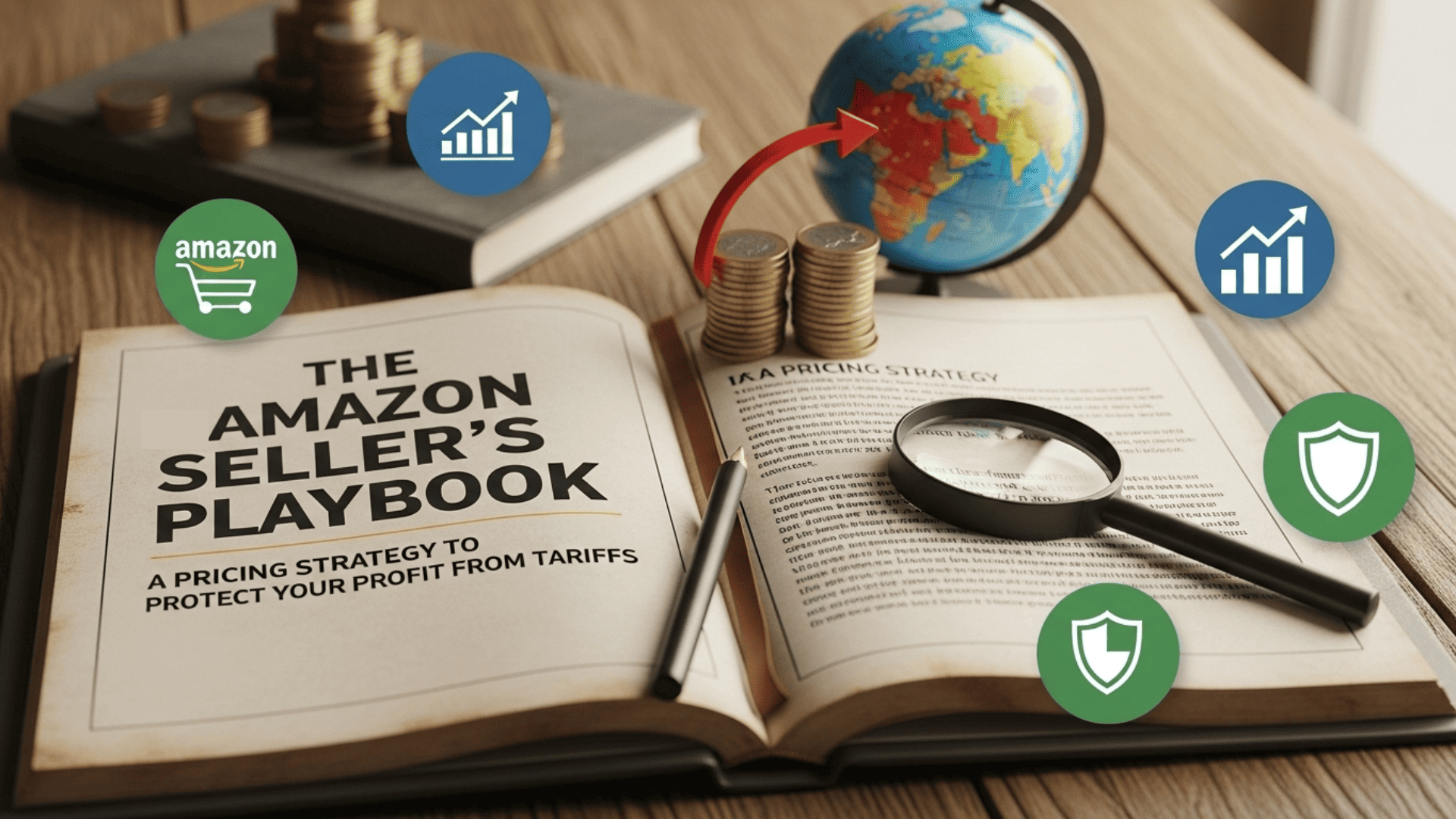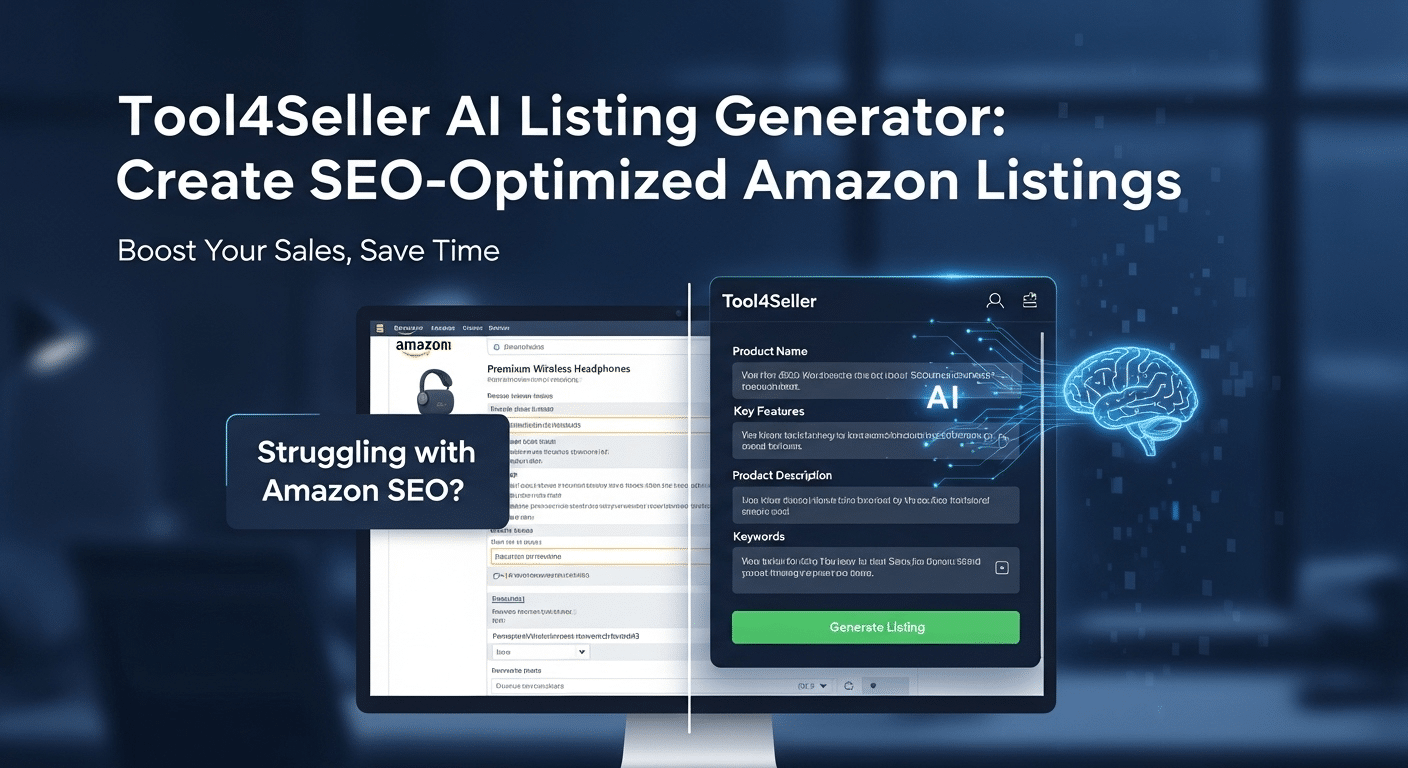Do these two Amazon sellers’ scenarios reflect your case?

One product of yours, hypothetically, is ranked top 30 in the sub category and has 20 daily sales. You have already evaluated the sales volume on Best Seller. You also have known the sales expectation and profit margin. You have enough inventory, and you want to increase sales. What are you going to do?
Another hypothetical scenario : You also have another product. It is ranked around 260 on the sub category. The daily sales is around 10. The peak season of the product is over because the product meets intense competition and it is the seasonal product. But you still have quite a few inventory. What will you do then?
The first product belongs to the small niche market . The daily sales is 20 with profit, but not much. Also, the ranking is not good or bad. However, the seller has over 2000 items in stock. It can take 3 months to sell out the items based on the current sales volume, which obviously is not what the seller wants. According to the turnover rate of capital, even if it is profitable, considering the capital cost, it is not commendable to spend 3 months in selling out the items. Thus, the seller’s idea is making an effort to increase the ranking, the sales, and the turnover rate of capital to make money as soon as possible.
But the sellers’ concern is the conversion rate is very high, approximately 25%, by looking into the store insights; unfortunately, the traffic is insufficient.
For a product, high turnover rate shows the product and the listing optimization have no issues. Ranked top 30 shows the product is overall competitive. The rest is how to solve the issue of the traffic. The sales volume and the ranking should be increased well if the traffic doubles.
But where does the traffic come from?
In term of the site traffic, it comes from four channels: Keyword traffic, Best Sellers Ranking traffic, Site ad views, and Relevance boosted from the sales ranking.
The high conversion rate means the listing and the keyword traffic are basically OK. In terms of the Best Sellers ranking, the product ranked 30 owns number 30’s traffic percentage. This ranking cannot be higher alone; it will not be higher until the sales ranking is higher. I confirmed by analysis that the seller’s advertising budget is a little low, only 10 USD per day. So my advice is: since the order conversion rate is so high, the sales can see the increase when the site advertising budget is higher to attract more ad views and orders. It is predictable that the increase of the seller’s advertising budget will bring more orders, then will increase 3 types: traffic, sales, and ranking.

Of course, in terms of operations, it does not mean the more advertising delivery ensures more orders. I am confident about this because during the process of the evaluation, I compared the product with the same type of products from the competitors, and found that this seller’s price is incredibly competitive, almost the lowest in the top 50. The seller’s overall Listing is fairly good compared with the top 50, which does not have bad performance to make the conversation rate lower than the competitors’.
So I have the solution for the situation above: Maintain the current advertising bidding while doubling the advertising budget. The increasing orders brought by the advertising will make the Best Sellers ranking higher. Then lower the advertising bidding to save the budget when the Listing of the Best Sellers Ranking moves to the top 10. Of course the sales and ranking should stay at the same level; make sure the Listing maintains in the top 10. If the sellers can achieve this, the Listing being top 5 and the sales and profit being doubled are in sight.
In terms of the second scenario, the seller’s product is at the end of the seasonal sales period with much inventory. The seller’s price is $19.99 with 10% Coupons setting. Comparing with the counterparts, even though the seller has the loss with the price of $19.99, the same price of $19.99 or even lower are listed by others. Thus, this price is not obviously competitive. Although the Coupons setting makes the listing look more appealing than those who do not have Coupons, the Coupons’ explicit value is largely decreased due to the lack of competitiveness of the original price. At the same time, the seller’s every product in the store has advertising delivery, but each of them has very low budget. This way with very low advertising budget makes the conversation awful even though the clicks are full.

My solution for this is: since the peak sales season is almost over, and the inventory needs to be cleared, we have to accept the lost of the sunk cost, which means to sell the goods out shortly even it has loss. On the other hand, why cannot transfer the Coupons capital, nearly $3.00, to the original price? The price is very competitive if it is taken off $3 USD. The seller gains the competitiveness while has the same earning without extra loss, why not?!
The final solution: Stop all the listings of the non-key products, and put the advertising budget to three key products. Cancel the Coupons setting at the same time, and take $3.00 off the original price. By this adjustment, the key clearance products have abundant advertising, and the overall advertising budget is saved. By canceling the Coupons, the price adjusted has exceptional competitiveness, and the sales can see good increase, so that the seller can clear the inventory, and possibly push this overstock product to become the best-seller.

About Tool4seller
A best-in-class Amazon seller tool that is specialized in sales& profits analytics, PPC optimization, keyword research, competitor tracking, instant alerts for listing hijacking, price changing, and inventory updates, etc.


